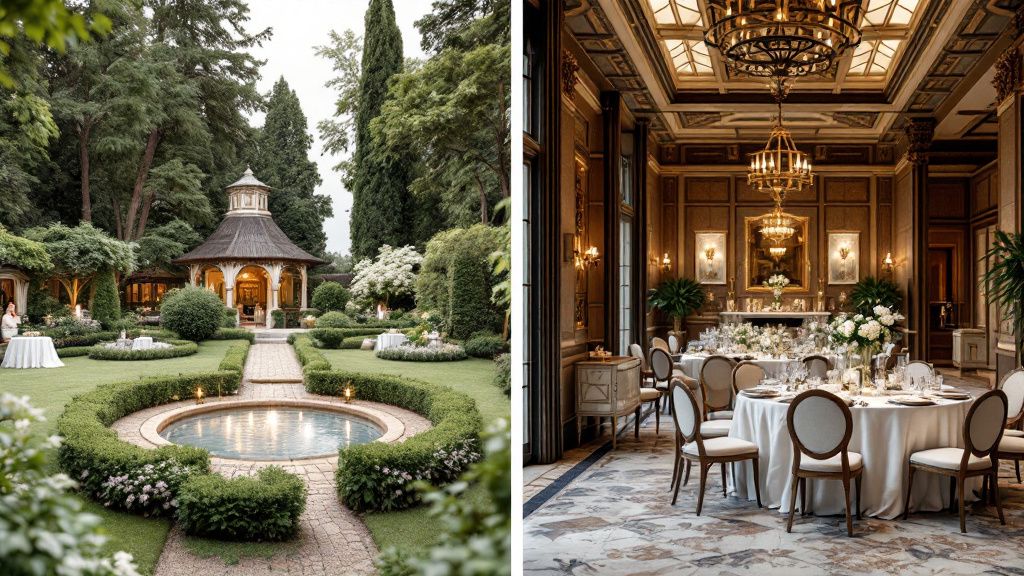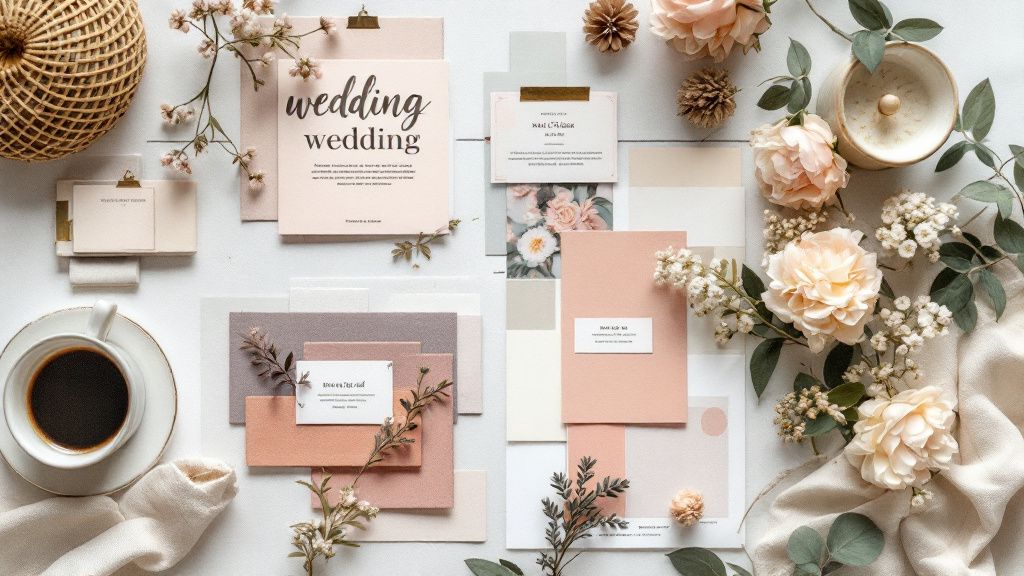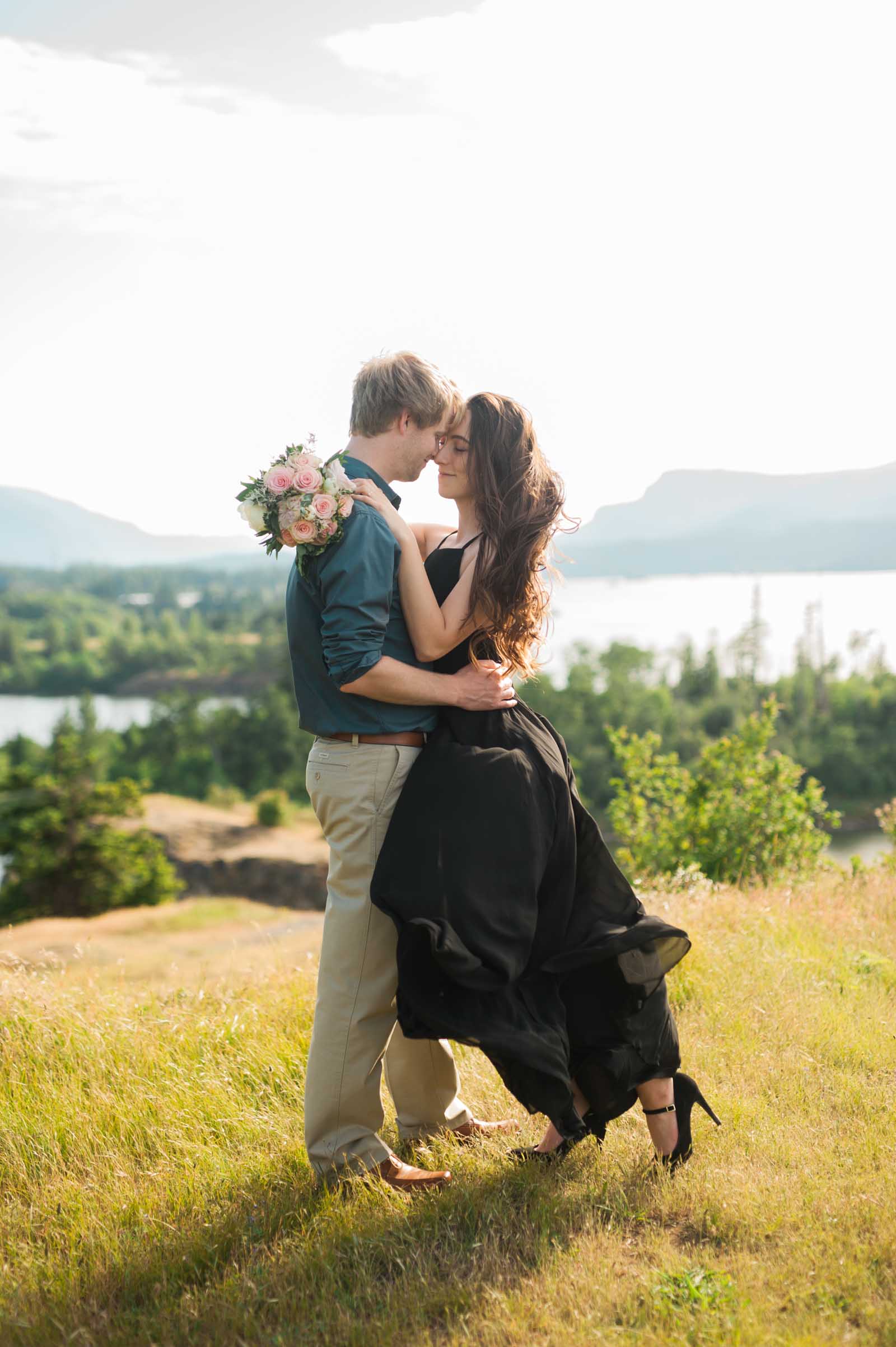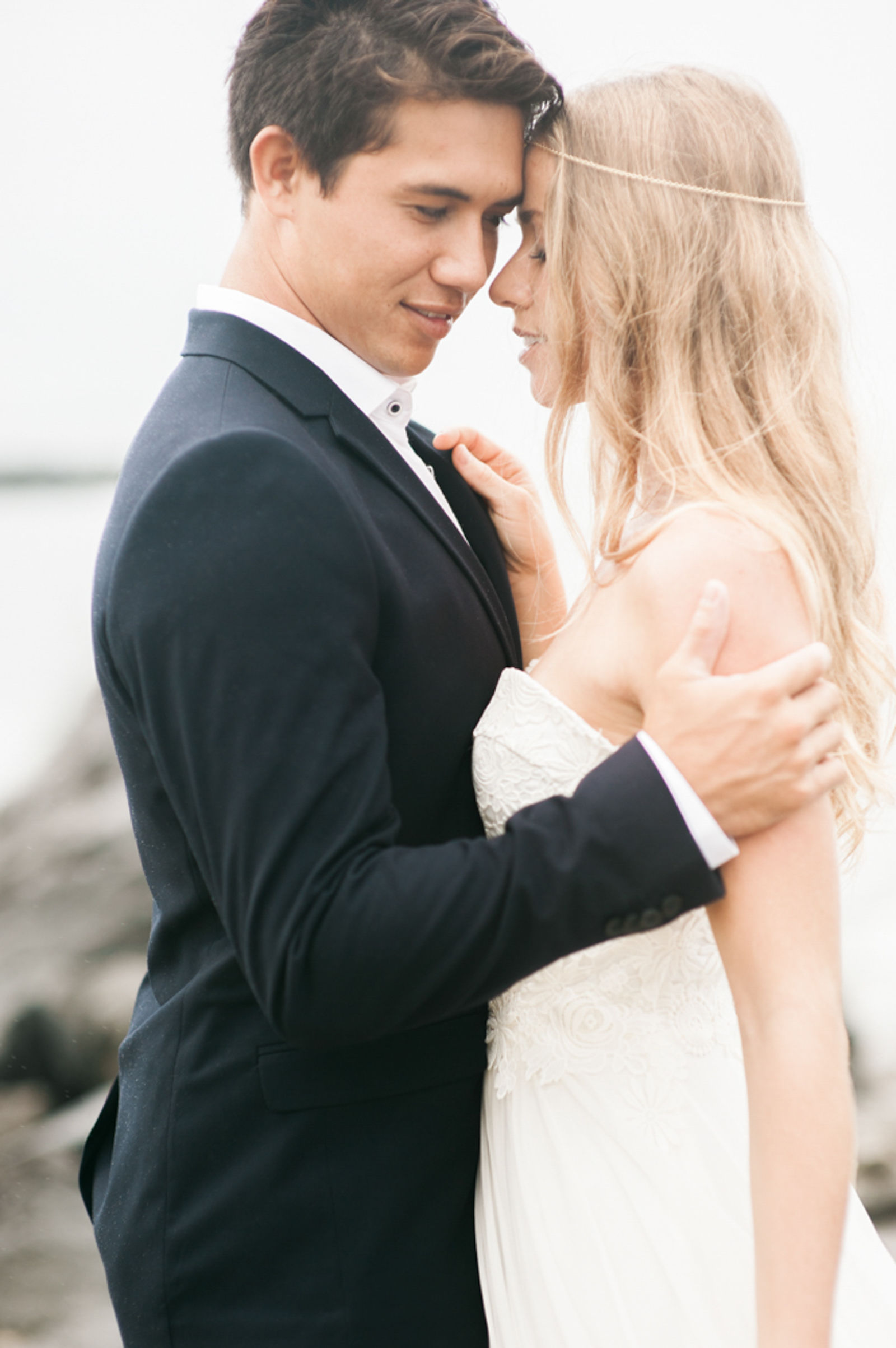Mastering the art of wedding planning begins with understanding the myriad of details involved and weaving them together seamlessly. Picture it as crafting a beautiful tapestry where each thread holds significance. Start by creating a comprehensive wedding planning checklist to ensure no task is overlooked. This includes mapping out your wedding planning timeline to keep everything on track, from booking your venue to finalizing the guest list. Selecting your wedding vendors is a crucial step, as they bring your vision to life, whether it’s through coordinating the menu or capturing moments with stunning wedding photography. Each element contributes to the harmonious symphony of your special day.

Setting Your Budget Wisely
Setting your budget wisely is the cornerstone of a successful wedding experience. It involves understanding what you can realistically afford, which sets the stage for all subsequent planning. Begin by allocating your budget with priority items in mind, such as the venue, catering, and essential wedding vendors. This approach helps avoid overspending and ensures the most important aspects of your day are covered.
Looking at budget planning through the lens of prioritization, we can see that it allows you to focus on what truly matters. Break down your budget into categories, redistributing funds as needed. This strategy creates flexibility, enabling you to enhance parts of your wedding where you desire more impact, like exquisite wedding photography or elaborate floral arrangements.
Once your primary expenses are set, revisit your wedding planning checklist to identify potential cost areas to trim. Consider practical alternatives, such as a weekday ceremony or DIY décor, which can help maintain your financial targets. By monitoring your expenses diligently, you can adapt your wedding planning timeline without derailing your plans.
Open communication with your partner is important throughout this process. Discuss priorities and brainstorm creative solutions together. This not only helps to maintain budget alignment but also strengthens collaboration, making the wedding planning journey more enjoyable and fulfilling.

Choosing the Perfect Venue
Choosing the perfect venue is a pivotal step in crafting your dream wedding. Consider factors such as capacity, location, and style to align with your vision. Start by noting details in your wedding planning checklist to ensure no aspect is overlooked. Visiting potential venues during the planning timeline helps visualize how each space suits your needs, enhancing your ability to make an informed decision.
On one hand, some couples view venues as mere backgrounds for their celebration, while others see them as integral elements that shape the overall experience. This contrasting perspective can influence whether you prioritize aesthetic allure or logistical convenience. Discuss this with your partner, weighing both viewpoints to achieve a venue choice that resonates with both of you.
As you narrow down options, consider how each venue complements your wedding photography ambitions. Discuss with your vendors to understand how factors like natural light or picturesque surroundings can enhance your photos. These insights can guide you towards a venue that enhances, rather than hinders, your photographic aspirations.
Secure the venue early in your planning timeline to ensure availability on your chosen date. This also enables you to proceed with other vendors with the venue’s specific characteristics in mind. With thoughtful consideration, your venue will provide a beautiful backdrop for your memorable day.

Crafting Your Guest List
Crafting your guest list is a task that requires both tact and precision. Begin by setting clear guest number expectations based on your venue’s capacity and budget constraints, using your wedding planning checklist as a guide. This helps streamline the process, allowing you to focus on close friends and family who will share in your special day.
What most people don’t see about creating your guest list is the emotional balancing act that makes all the difference. Behind the scenes, you’re weighing relationships and considering reciprocal invitations. This often involves tough decisions, as you balance intimate connections with social obligations, striving to keep your guest list meaningful yet manageable.
As you finalize the list, consider how your choices impact the overall experience. Keep in mind that the scale of your guest list influences everything from catering choices to wedding photography. A larger audience might mean a tighter schedule for interactions, while a smaller, intimate gathering can allow for more personal interactions.
With these insights, adjusting your wedding planning timeline becomes crucial to accommodate RSVPs and seating arrangements. Choosing the right blend of guests enhances the celebration, making it both memorable and reflective of your unique journey as a couple.

Selecting the Ideal Wedding Theme
Selecting the ideal wedding theme is an imaginative process that sets the tone for your entire celebration. Start by envisioning a theme that reflects you both as a couple, intertwining elements from your love story. Your theme guides each decision, from décor to attire, offering direction throughout your wedding planning checklist and ensuring a harmonious aesthetic.
Think of choosing your wedding theme as painting on a canvas. Just like an artist selects colors that complement and enhance one another, your theme weaves together various details to create a cohesive masterpiece. This imagery can inspire feelings of romance, nostalgia, or modern elegance, depending on the palette you choose.
As you work with wedding vendors, communicate your theme to align their contributions with your vision, whether it’s elegant centerpieces or enchanting music selections. Consider how your wedding photography can capture the essence of your theme, preserving its beauty and significance in your wedding album.
Keeping your theme consistent simplifies the planning timeline, turning decision-making into a more streamlined process. It harmonizes the wedding elements, from invitation design to floral arrangements, creating an immersive atmosphere for you and your guests to enjoy, making your day memorable and uniquely yours.

Finding the Perfect Attire
Finding the perfect attire for your wedding day involves more than just selecting a beautiful dress or sharp suit; it’s about expressing your unique style and complementing your chosen theme. Start your search early in your wedding planning timeline to allow ample time for fittings and alterations. This ensures a perfect fit and avoids last-minute stress, making your journey down the aisle as smooth as possible.
For example, a bohemian-themed wedding may inspire flowing lace gowns and relaxed linen suits, which echo the carefree, romantic vibe. This concrete example demonstrates how attire choices can be directly influenced by your wedding theme, breathing life into your concept and creating a unified visual experience from the ceremony through to the reception.
Communicate with your wedding vendors, such as your bridal shop or tailor, about your vision to ensure every piece of attire aligns with your overall aesthetic. Consider how your attire will look in wedding photography not just in person. The right attire will enhance your photos, helping you capture timeless memories that reflect your style.
As you create your wedding planning checklist, include all details related to your attire. This can be managing appointment schedules, considering accessories, and choosing whether to have a formal ensemble or a more relaxed outfit for different parts of the day. Thorough planning helps keep you organized and focused.
Focus on comfort and personal expression. While trends can provide guidance, prioritizing attire that makes you feel your best is crucial. After all, your confidence will be the perfect accessory, shining brightly in every photograph and in every moment shared with your loved ones.

Catering to Delight Every Taste
Catering to delight every taste is a crucial part of making your wedding day memorable for you and your guests. Begin by exploring a variety of menu options, reflecting both personal favorites and dietary accommodations. Collaborate with your wedding vendors, such as caterers, early in the wedding planning timeline to refine your choices and incorporate seasonal or locally sourced ingredients for freshness and flavor.
According to recent studies, sensory-specific satiety explains how offering a diverse menu can enhance guest satisfaction. By incorporating a wide range of dishes, from savory appetizers to decadent desserts, you stimulate different taste receptors, preventing palate fatigue and keeping the dining experience exciting and fulfilling throughout the event.
Incorporate your menu decisions into your wedding planning checklist, ensuring each detail aligns with your theme and venue. For example, a garden setting might be perfect for a picnic style spread, while a formal ballroom could inspire a plated dinner service. This cohesion ties the entire event together seamlessly, enhancing both the ambiance and the dining experience.
Great meals make for great memories and enhance the wedding photography, capturing shots of guests enjoying the feast. Focus on creating an inclusive menu that delights every palate, ensuring your celebration is deliciously unforgettable.



